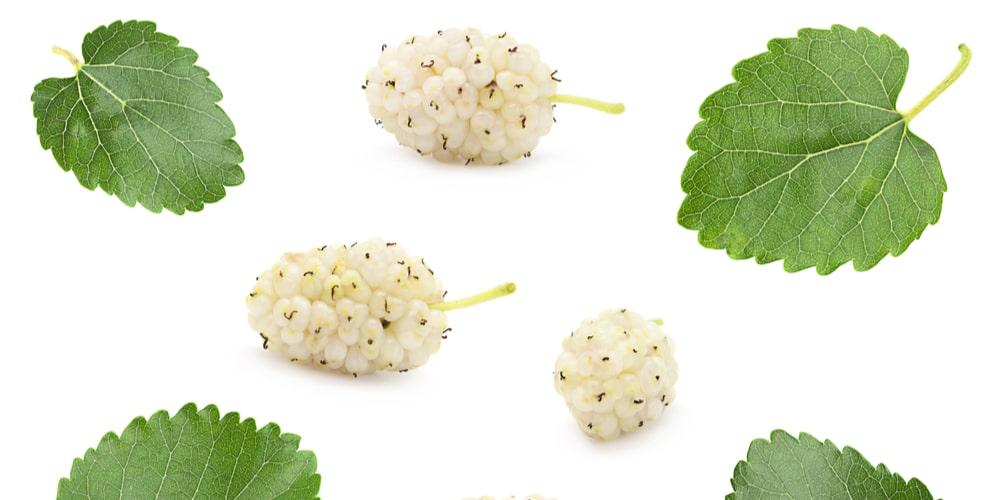If you have seen trees with deliciously looking red berries around (that usually make a mess on the ground below), that was probably a mulberry. These plants can get up to 60 feet tall and might work as excellent shade trees.
However, they are invasive in most parts of the country. But do they grow in Georgia? And what should you know about mulberry trees growing in this state? Keep reading to find out all you need!
Do Mulberry Trees Grow in Georgia?
Before getting to an answer to this question, it is worth pointing out that you can find two species of Mulberry trees in North America. One is native to the United States (the red mulberry), and the other came from China. During the 18th century, gardeners imported and used it as food for silkworms.
Mulberry trees adapt to various soil and climate conditions and perform well in Georgia. However, they are considered a weed. The mess they create and their attraction to birds don’t make them appealing. Also, under ideal conditions, white mulberry can spread aggressively and might take over other plants.
While their berries are edible, they aren’t as delicious and fresh as raspberries or blackberries. Don’t forget that these trees grow tall: you must have enough space for your plant on your property to keep it healthy. Additionally, don’t forget to select sterile cultivars to have fewer problems controlling their spread.
How Can You Grow Mulberry Trees in Your Garden
If you want to add a mulberry tree to your Georgia garden, you should choose a sterile variety. Also, you take the possibility of dealing with a messy garden into account). Growing these plants isn’t challenging.
Plant them under the full sun (or partial shade) and water the tree regularly after planting. Doing so means you will have no issues with these plants. Indeed, mulberry trees adapt to various soil conditions (including clay and sandy) and aren’t too fussy about pH levels.
Do not bother fertilizing these: most of the time, they do just fine without adding extra nutrients. Also, mulberry trees don’t require pruning, which might damage them and make them weaker.
While you can plant a mulberry tree in your yard, we recommend you refrain from doing it. Instead, consider getting one of the native alternatives we included in the following section.
What are the Alternatives to Mulberries?
Planting invasive species isn’t a good idea. Indeed, they are responsible for native specimens’ decline as they deprive them of moisture, essential nutrients, space, and sunlight. Also, they might negatively affect the wildlife spread and could lead to soil erosion.
Instead of planting white mulberries in your garden, consider getting your hands on other options. For instance, red maple is an excellent shadow tree and a densely growing plant.
Also, black gum is a medium deciduous tree that thrives in Georgia. With its bright red foliage, it will contribute to enhancing the looks of your garden. Also, the American plum (which also produces edible fruits) is an excellent option as it can add an elegant touch to your outdoor spaces.
However, your choice doesn’t have to be limited by these options. Other suitable alternatives include Black Cherry, Cockspur Hawthorn, and Sassafras. Most of the plants we included here have similar characteristics to mulberries.
Their foliage is attractive and brightly colored. Additionally, they are not particularly challenging to grow. Since they are native plants, they thrive in North America and won’t require special attention from your side.
Related Article: When to Plant Lavender in Georgia?

